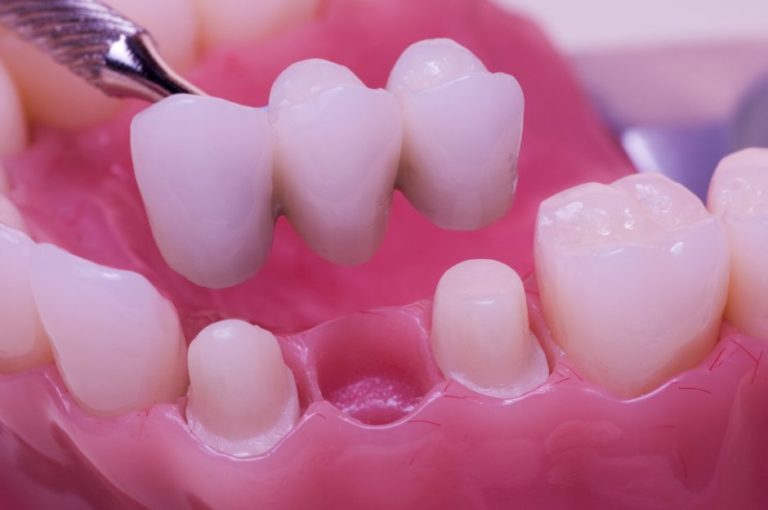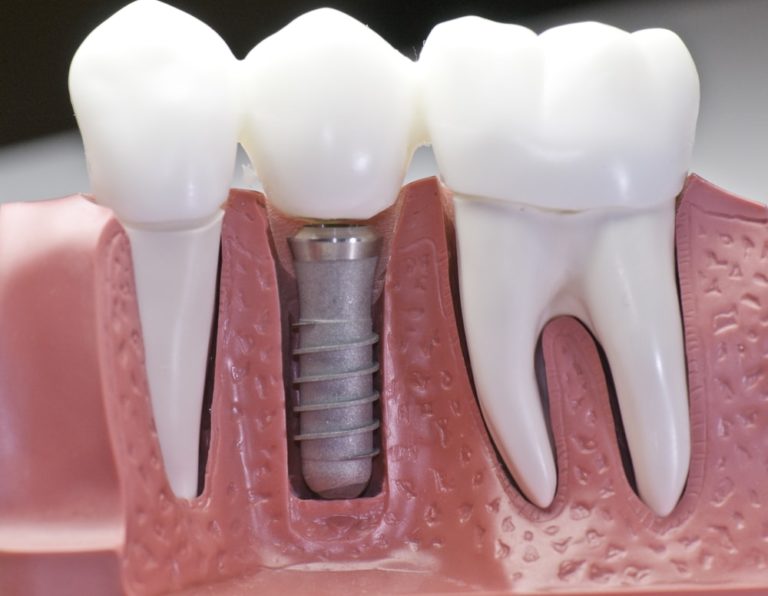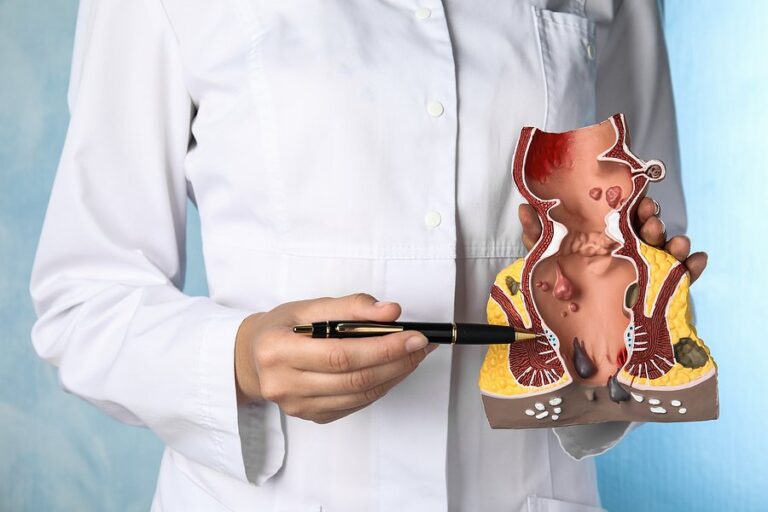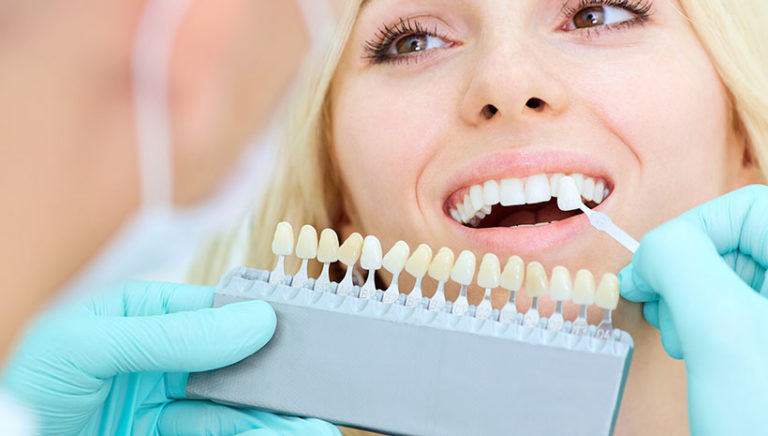Your dentist has suggested that you go for root canal treatment to save an injured or decayed tooth, and you are now wondering whether the procedure is as painful as people describe. For the unversed, root canal treatment is a special endodontic treatment for saving an impacted or infected tooth. The procedure is recommended when an injury or infection has impacted the pulp inside the tooth. Consider seeing a dentist in Midtown Manhattan, NY, to understand what to expect from the treatment. For your help, we have debunked common myths about root canal treatment.
#1 – If extraction is an eventuality, why bother about root canal treatment
It is a myth. Just because you needed root canal treatment for a tooth doesn’t mean it must be removed later. If done right, you can expect your natural tooth to function normally, and with a crown in place, there will be no change in functionality.
#2 – It is going to hurt
Your dentist will use a local anesthetic agent before root canal treatment, and therefore, there is no pain involved. Yes, the dental files used during the procedure may seem scary, but the procedure is safe with no discomfort or pain. You can expect to see the dentist at least a few times to complete the entire process.
#3 – I don’t feel any pain. I don’t need root canal treatment
Again, it is a myth. Sometimes, an infected tooth may not trigger additional symptoms. If your dentist finds something wrong and decides to do x-rays only to find a deep infection, they will still recommend going for root canal treatment. Sooner or later, pain and sensitivity will resurface, and it is best to always go with the dentist’s suggestion.
#4 – I just completed a root canal treatment. I don’t need to see a dentist
While root canal treatment is usually a one-time procedure, you will still have to see your dentist regularly. In rare cases, the whole process must be repeated because the infection was not cured from the inside. Keep up with your appointments to prevent further problems.
#5 – All my tooth roots are removed during root canal treatment
Contrary to the name, root canal treatment doesn’t really remove tooth roots. Your dentist will remove the pulp, tissues, and decay from the inside of the tooth to protect the infection from spreading. Your natural tooth remains in place after the treatment.
Call a dentist to discuss more root canal treatment.









